The storage unit size best suited for your situation depends on a few factors, like availability, intended use, and how much stuff you want to store.
This blog is designed to help you determine the perfect size unit to help fit your needs.
1. Determine the primary function of the unit.
You don’t want to outgrow a storage unit and then need to move everything to a larger space. First, you’ll need to assess the primary function of the unit to help you figure out what size storage unit you need.
Some common questions to ask yourself might be:
- Will I be storing an expanding business inventory?
- Do I need temporary storage for a move?
- Do I want to store some items indefinitely?
- Will I be rotating items in and out of the unit?
It’s important to know what you want to store and how often the items in your unit will be changing. The function of the unit will have an impact on the storage unit size that makes the most sense.
For instance, if you plan to store business inventory, rent a larger unit than you’ll initially need to give you room to grow. If you want a storage unit to declutter your home a little at a time, pick a unit with extra space upfront.
However, if you only need to store items during a temporary move, pick a unit that’s appropriate for your initial belongings. In this situation, the amount of stuff in your storage unit is unlikely to change.
2. Create a preliminary inventory.
You might have a general idea of what you want to store in the storage unit, but walking through your house and making a list can be helpful. Sometimes you don’t realize how much stuff you need to store until you actually take an inventory.
When making your inventory, make a note of the following:
- Include roughly how many moving boxes you’ll store.
- Determine how many pieces of furniture will go into storage.
- Get rough measurements of larger pieces, if possible.
3. Use painters tape to measure storage unit sizes.
If you have a hard time conceptualizing space, here’s one trick to try. Use some painters tape or masking tape to mark off a space the size of an average unit in your driveway or another open area. Next, start placing some empty moving boxes inside to see how quickly the area gets filled. This trick works best for the smaller storage units.
4. When in doubt, go one size bigger.
Being more economical by choosing a storage unit that is smaller than you need isn’t always a good idea for safety reasons. For example, you should avoid packing boxes more than four high. Also, avoid stacking furniture more than two pieces tall. Doing so could result in damage to your belongings or become a hazard when unpacking.
Also, make note that sometimes a larger sized unit is only a couple more dollars a month. In some cases, a larger unit might be less expensive if there’s more availability. You could also save money on a larger storage unit if the rental is not climate controlled. Don’t let the larger size deter you before you have a chance to run the numbers.
